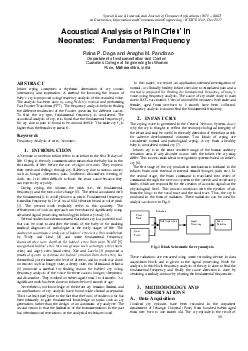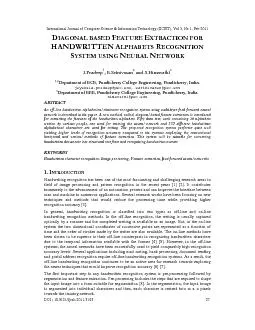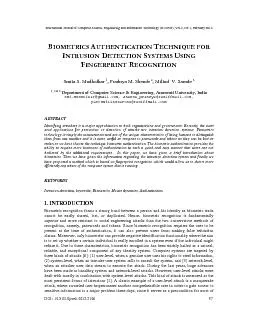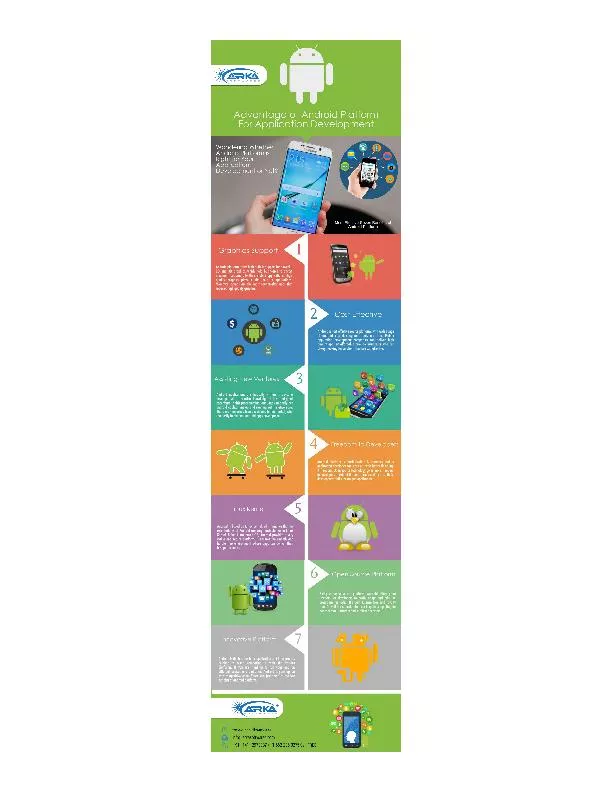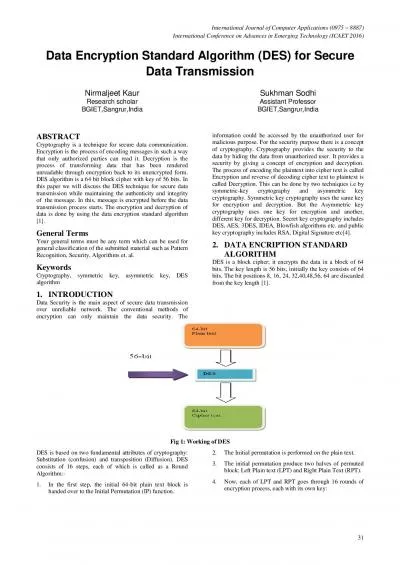PDF-Special Issue of International Journal of Computer App
Author : lindy-dunigan | Published Date : 2015-05-23
3 Dec 2011 18 Acoustical nalysis of 3DLQ57347ULHV5752657347LQ Neonates Fundamental Frequency Raina P Dag and Anagha M Panditrao Department of Instrumentation and
Presentation Embed Code
Download Presentation
Download Presentation The PPT/PDF document "Special Issue of International Journal o..." is the property of its rightful owner. Permission is granted to download and print the materials on this website for personal, non-commercial use only, and to display it on your personal computer provided you do not modify the materials and that you retain all copyright notices contained in the materials. By downloading content from our website, you accept the terms of this agreement.
Special Issue of International Journal of Computer App: Transcript
Download Rules Of Document
"Special Issue of International Journal of Computer App"The content belongs to its owner. You may download and print it for personal use, without modification, and keep all copyright notices. By downloading, you agree to these terms.
Related Documents

